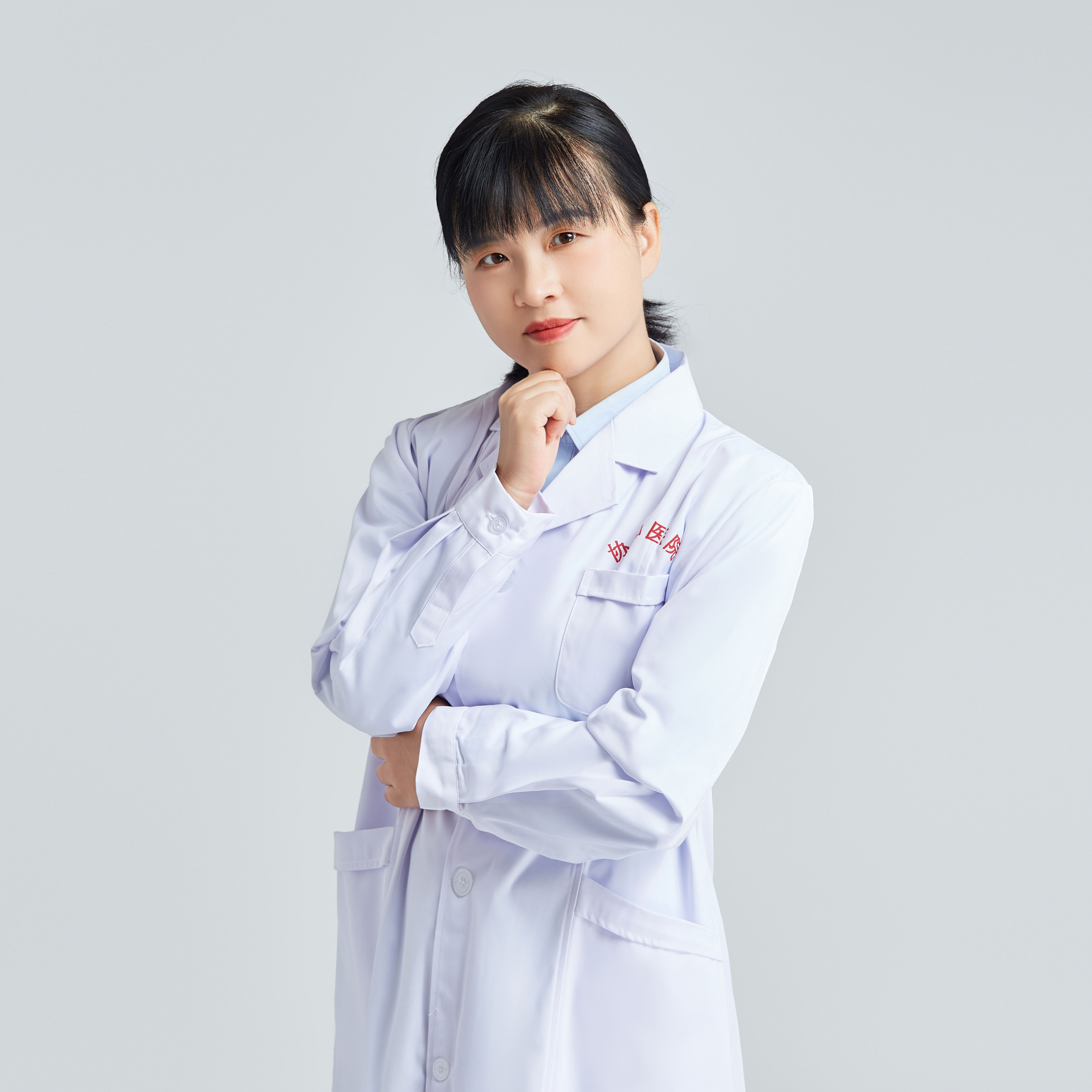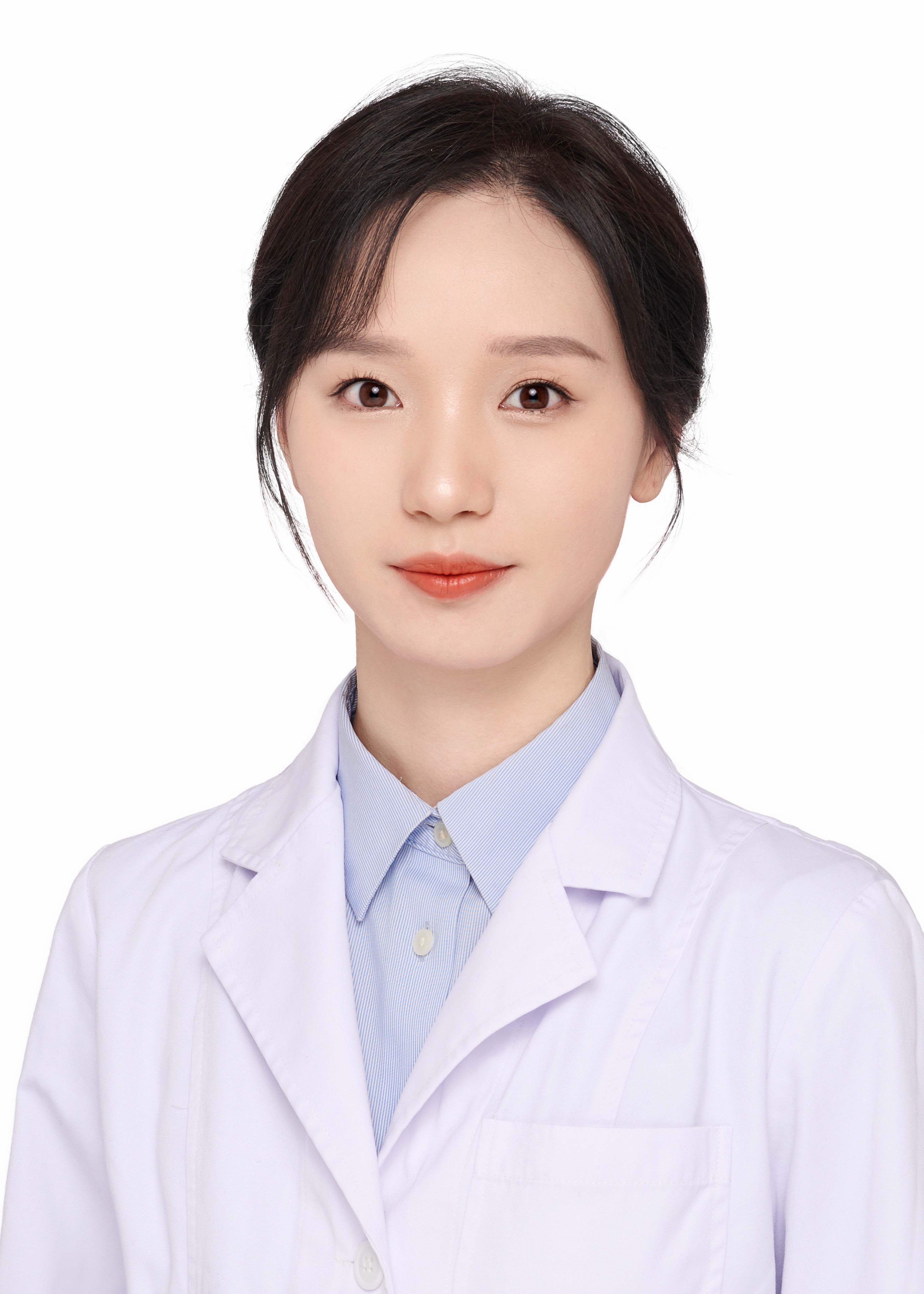Can niacinamide help treat acne?
Acne, also known as "acne vulgaris," cannot be directly treated with niacinamide, which only plays an auxiliary role and varies in effectiveness from person to person. Medical aesthetic treatments such as radiofrequency microneedling, red and blue light therapy, photorejuvenation (intense pulsed light), and fractional laser may be considered for acne removal. It is recommended to visit a reputable hospital and choose the most suitable method under professional medical guidance.
Analysis of Acne Treatment Procedures:
Procedure Name |
Red and Blue Light Therapy |
Radiofrequency Microneedling |
Photorejuvenation |
Fractional Laser |
Example Image |
|
|
|
|
Treatment Principle |
Utilizes specific frequencies of red and blue light to aid in local skin recovery |
Radiofrequency-generated heat improves acne scars and minimizes pores |
Intense pulsed light targets and breaks down pigment cells in the skin |
Laser irradiation destroys and eliminates acne lesions |
Advantages |
1. Fast treatment |
1. Minimal trauma |
1. Minimizes pores |
1. Tightens skin |
Potential Risks |
1. Swelling |
1. Infection |
1. Allergic reaction |
1. Redness and swelling |
Recommended Sessions |
2–4 times per month |
1–2 times per month |
1–2 times per month |
1–2 times per month |
Duration of Results |
2–3 years |
3–6 months |
2–3 years |
2–3 years |
Cost per Session |
1,000–2,000 RMB per session |
2,000–4,000 RMB per session |
1,000–3,000 RMB per session |
2,000–4,000 RMB per session |
After treatment, proper facial care is essential. Sun protection and moisturization should be prioritized, and consumption of spicy or irritating foods—such as Sichuan pepper, chili peppers, and garlic—should be avoided to prevent interference with healing and recovery.











